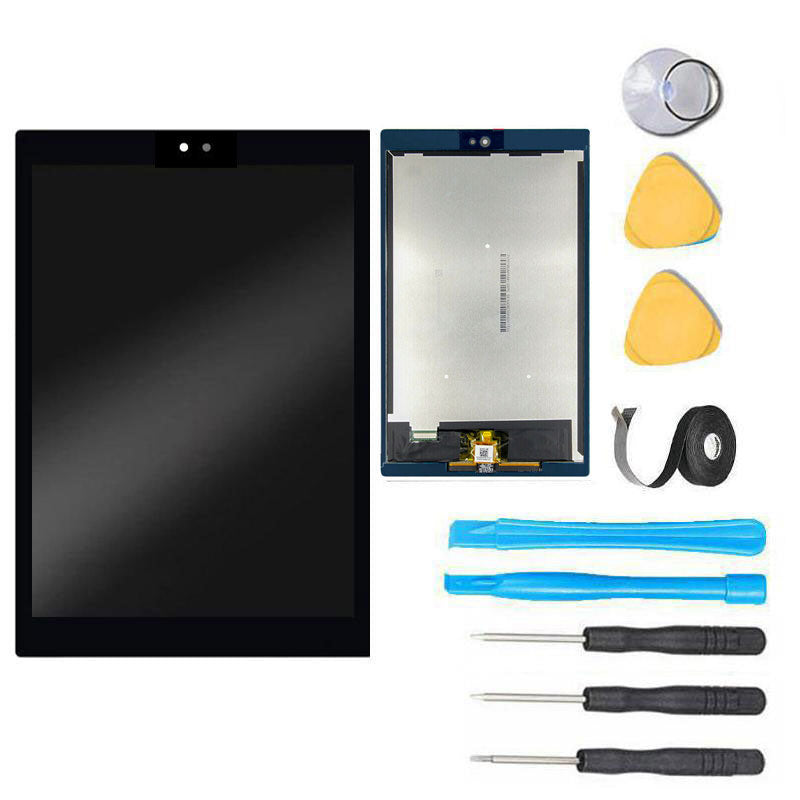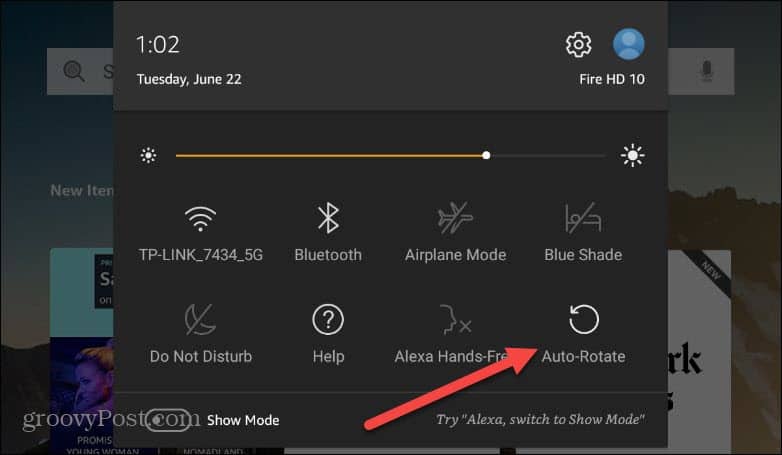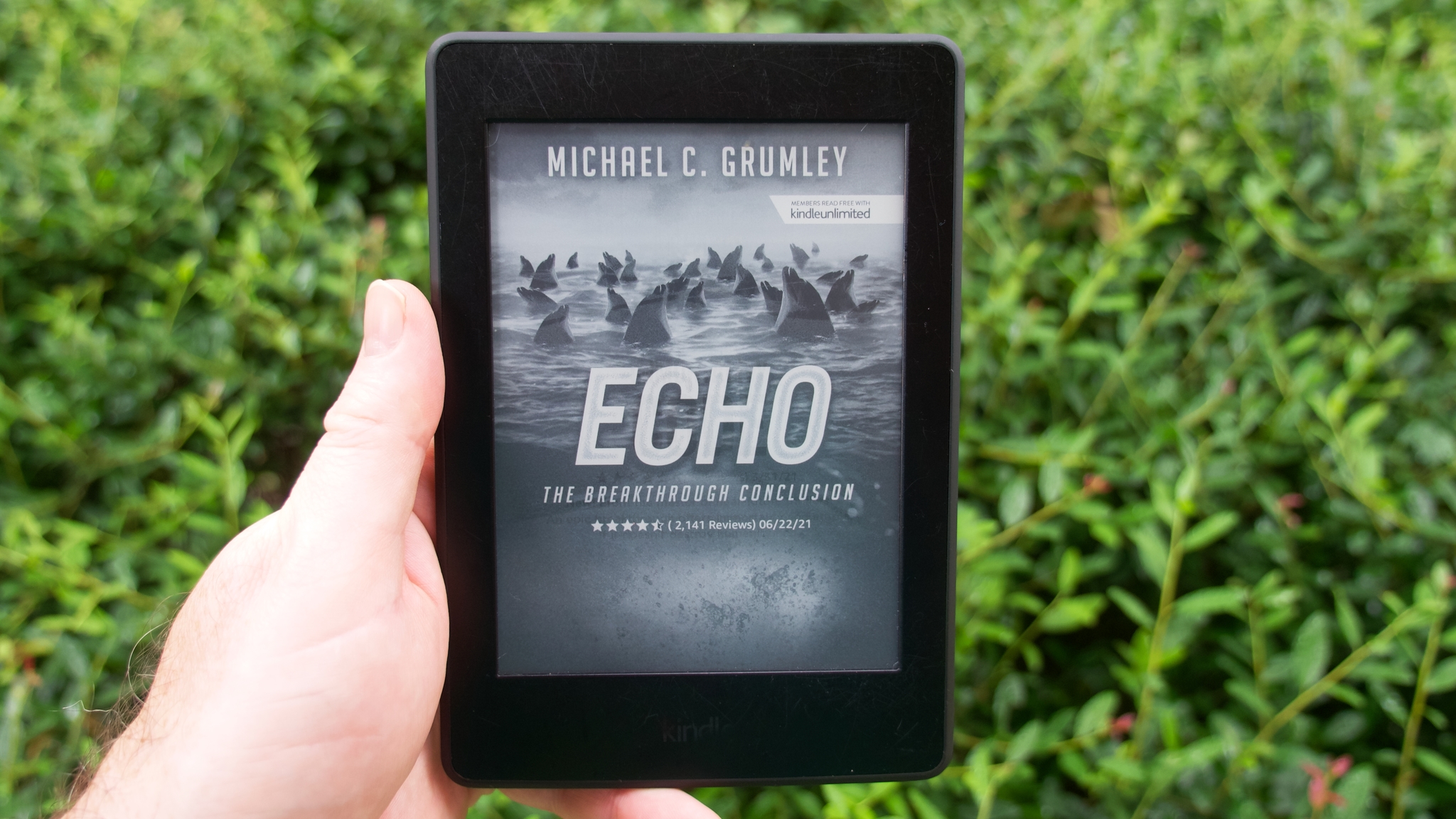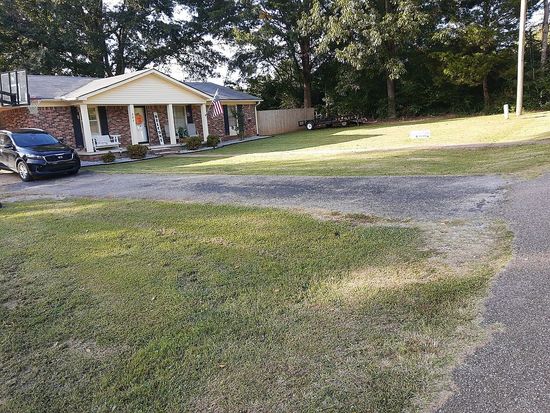Table of Content
- Applications and Advantages of Arduino based device control using Bluetooth:
- Use case possibilities with Bluetooth low energy in IoT
- Bluetooth Controlled Home Automation System
- Lawn Irrigation Systems: The Grass is Always Greener
- LPWA Network
- Home Automation using Bluetooth and Mobile App
- Step 2: Bluetooth Module
Get advanced voice controlled home automation project kit that use of 8051 microcontroller. The Bluetooth receiver is domestic applications and, Application of AI in Home Automation Bluetooth Devices 5) IP based devices All these technologies are well matured and have well settled standards.. The relay module for Arduino is one of the most powerful applications forArduinoas it can be used to control bothA.CandD.Cdevices by simply controlling the relay by giving 5V. A relay is basically a switch which is operated electrically by an electromagnet.
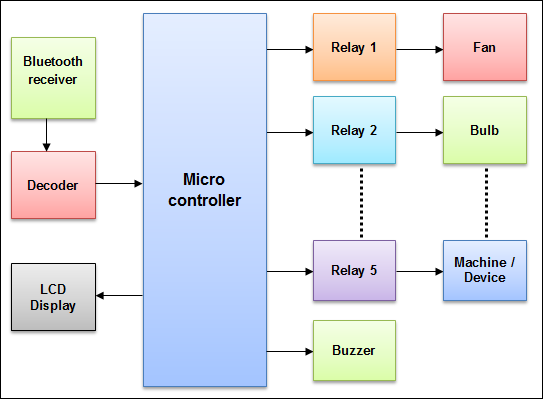
Automation is also involved in building management system in which lights, temperature, security devices and other appliances are controlled through a high degree of computer involvement. Home automation is not a new thing but the advanced automation system in nowadays require a big and expensive infrastructure. In this report, we have proposed a low cost, flexible secure automation system that can easily control TV, tube lights and fans from android based mobile phone using Bluetooth. Here HC-05 Bluetooth module and 8-bit microcontroller atmel89s52 is used for switching. A feedback circuit is also designed and implement to check the current status of the device after it receives the command from mobile phone.
Applications and Advantages of Arduino based device control using Bluetooth:
The LCD will also display the current state of the three bulbs. The proposed system has two main parts hardware and software. The hardware part consists of three main hardware components smartphone, Arduino board and Bluetooth module.
Symphony Link, for example, uses the Link Labs’ Radio module and the network specification incorporates star topology, wherein a set of end nodes communicates with a single gateway. This flexibility allows for a number of technical requirements to be met quickly, which is key in all home automation uses. Smart lighting allows you to control wall switches, blinds, and lamps, but how intuitive is a lighting control system?
Use case possibilities with Bluetooth low energy in IoT
The smart phone must be paired with the Bluetooth module. Either Bluetooth Terminal or BT Voice app can be used to pass the numeric commands. The change in the status of the appliance is updated on the LCD display and the LED indicating supply to the appliance starts glowing due to forward biasing. All you need to do is just open up the bluetooth manager in your Android smartphone and connect to the Linvor bluetooth module.

As you know, in order to communicate with the HC-05 Bluetooth module, we need to use a UART communication port of the Arduino board. What the system does is it simply receives the instructions in ASCII format from the bluetooth enabled Android smartphone using the bluetooth module and pass it on to the micro-controller. The micro-controller does the main processing part and for that purpose we need the code, please make your own. 4 Channel Relay Board is a simple and convenient way to interface 4 relays for switching application in your project.
Bluetooth Controlled Home Automation System
A relay can be used to control high voltage electronic devices such as motors as well as low voltageelectronic devicessuch as alight bulbor a fan. The Arduino board receives the user commands in the form of numbers from the smart phone through Bluetooth interface. These numbers are assigned to the home appliances and the appliances are toggled either ON or OFF on receiving the numeric command. The Arduino sketch looks for the numeric commands from the Bluetooth module and operates relays to switch appliances. Think how cool it would be if you are able to control your AC appliances just with a touch of your Android smartphone.
Bluetooth Smart, or Bluetooth Low Energy , is a energy efficient version of Bluetooth wireless technology often seen in smartphones, and ideal for use with a headset. Though its range is limited, its energy usage is quite low. Its energy efficiency, combined with its compatibility with existing smartphones and other devices, makes it easy for developers and OEMs to create solutions that can immediately be added to existing systems. Inside the infinite loop() we first check if serial data is available in the buffer. If data is found then the characters are added one by one to the array ‘inSerial’ using a while loop.
Lawn Irrigation Systems: The Grass is Always Greener
The project is built on Arduino UNO and is used to control LEDs and four home appliances connected to the Arduino through relays. The Arduino board is interfaced to an HC-05 Bluetooth module to pair with the smart phone. Home Automation Using Android Application & Bluetooth Home.
Don't want always to get up to the switch boards just to switch things ON and OFF. The energy of Bluetooth low energy has been measured in and the results suggest that it could be a cheapest and viable solution for IoT applications. Take control of your home in your smart-phone with the simplest ever home automation device. Manual control is also given in this project so the unskilled person can easily change the status. In this project 5 volt 700 mA Samsung charger is used for giving the power to the circuit and made of switch mode power supply.
Conversely, the system will be alerted to dry conditions and supply the necessary amount of nourishment, without over-watering. There are two types of pins on the whole 16×2 LCD module. Some pins are used to send to 16×2 LCD and some are command pins. In other words, every pin has a role in controlling a single pixel on the display.16 x 2 LCD has sixteen columns and two rows. That means, it can display sixteen characters per row and it has two such rows. The numbers are transferred to the interfaced Bluetooth module from the paired smart phone.

And to work with GSM, AT commands shall be used, which have to programmed in the micro-controller. Remember to use a potential divider circuit which steps down the 5v serial output from the micro-controller to 3.3v for the bluetooth module. In this project, we will learn how to use On-chip bluetooth of ESP32 board via an android application board and build a home automation project around it. A low cost and wireless controlled automation system was designed by researchers.
Print a series of messages on the LCD display with delays in between. Initially all the three bulbs are off hence it will be displayed on the LCD. Also, we create an array of 15 characters called inSerial that we will use later on in the code to monitor the states of the bulbs. One end of 220VAC to all common terminals of relay and other ends with other terminals of the light lamps. 16×2 LCDArduinoD4 – D7Pin 10,11,12,13EnablePin 9RSPin 8RWGNDVEE10k POT VSSGNDVCC+5VLED++5VLED-GNDWe have an Arduino library for easy communication between LCDs called theLiquidCrystallibrary. We are using the following connections as described below.

Software part consist of Arduino integrated development environment and Bluetooth terminal smartphone application which is used for wireless communication between smartphone and Arduino board. The application of home automation system collects data from all your smart devices. This central hub can be controlled through a smartphone device or by voice control. It can even act on its own provided it’s given set rules and conditions to follow.
The supply from the battery will be regulated to 5V and 12V using 7805 and 7812 ICs. The pin 1 of both the voltage regulator ICs will be connected to the anode of the battery and pin 2 of both ICs will be connected to ground. The respective voltage outputs will be drawn from pin 3 of the respective voltage regulator ICs. An LED along with a 10K Ω pull-up resistor can also be connected between common ground and output pin to get a visual hint of supply continuity. Output of PIC 16F876A microcontroller is connected load unit i.e., home appliances via driver IC 2803 and relay unit. Driver drives the respective load for the respective received command via relay as a switching unit.













